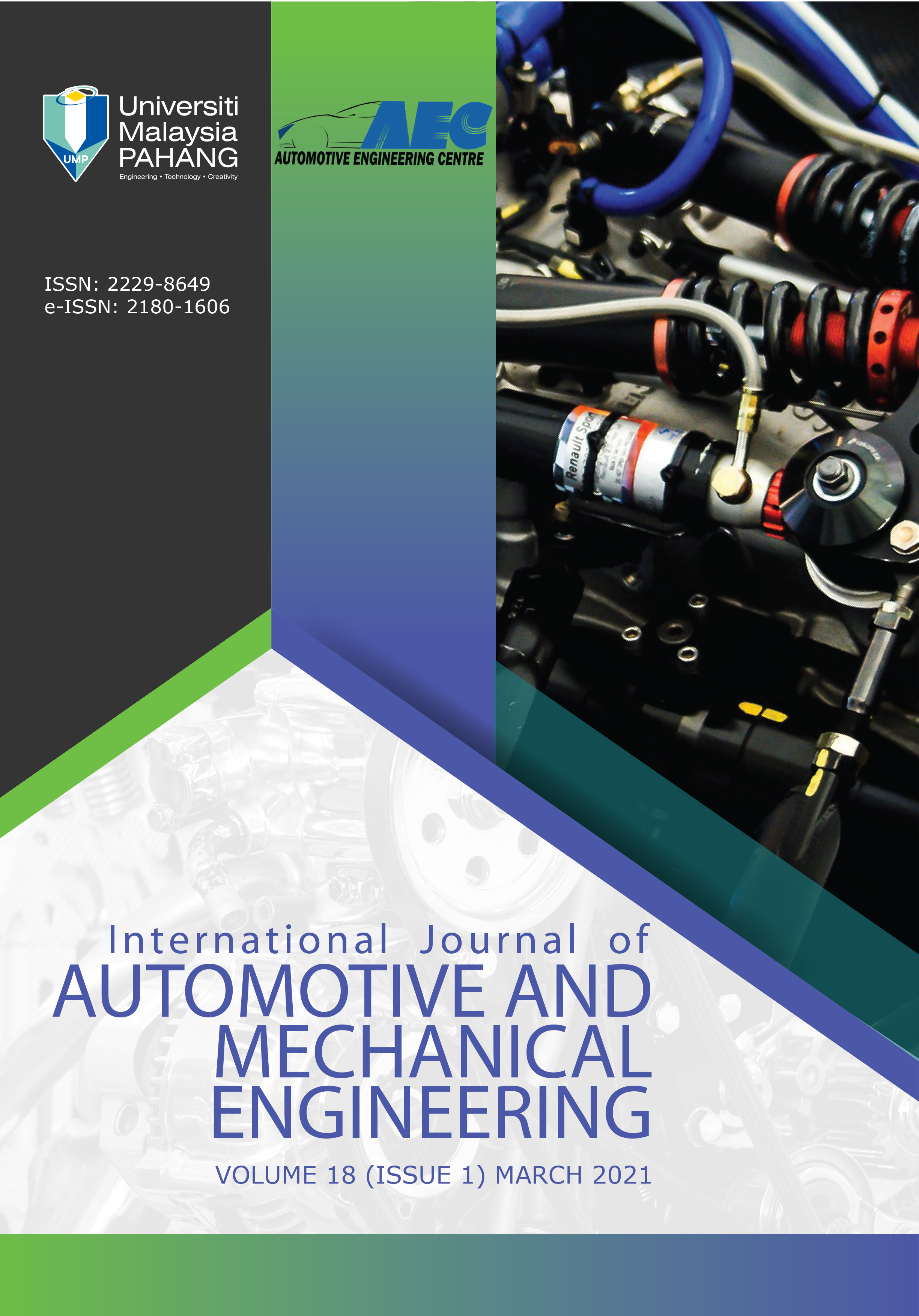Developing a Custom Anthropometric Test Device for Experimental Evaluation of Blast Mitigation Seats
DOI:
https://doi.org/10.15282/ijame.18.1.2021.12.0647Keywords:
Anti blast seat; Blast mitigation; Human test dummy; Injury criteria; Anthropometric test deviceAbstract
The use of improvised explosive devices against moving vehicles has been on the rise recently. Their explosions induce devastating effects on vehicle occupants. Blast mitigation seats are used as a counter measure to reduce such harmful effects. This paper presents the scientific work for evaluating the efficacy of blast mitigation seats. The work involves designing and building a custom anthropometric test device (ATD) and a drop tower test facility that is used to simulate the drop of a vehicle from heights up to 10 m. The ATD was equipped with two accelerometers; at the neck and at the pelvis. For validation, a multibody dynamics model was developed to simulate the drop test and the results were compared with ones from experiments. An overall root mean square error of 1.28 g was achieved. The test facility was then used to measure the performance of a blast mitigation seat. The results showed that blast mitigation seats reduced peak accelerations on the pelvis and neck areas by 92% and 87% respectively and this translates into moving predicted injuries from fatal to moderate.







